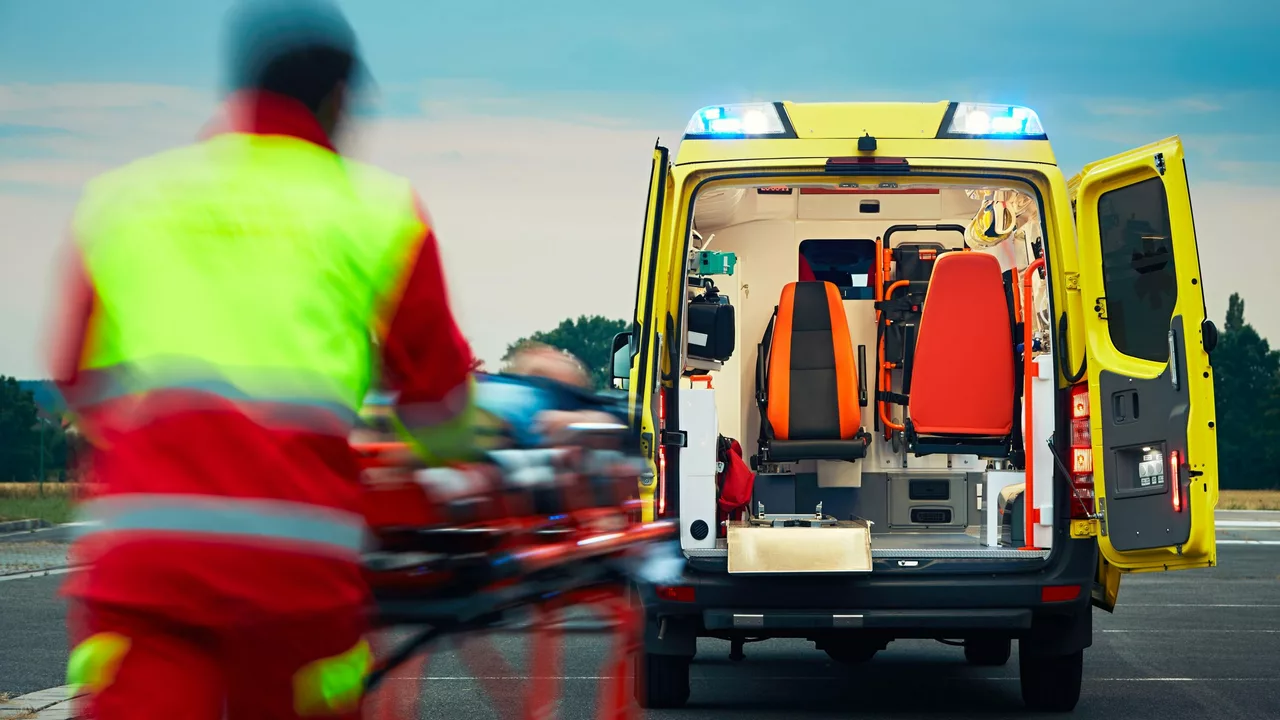Health and Safety: Can Two Stretchers Fit in an Ambulance?
When an emergency call comes in, the first thing on every paramedic’s mind is getting the patient safe and stable. But what happens if there are two injured people and only one ambulance? It sounds like a scene from a movie, yet the question of two stretchers in one vehicle pops up more often than you’d think. Let’s break down the practical side of it – space, safety, and what it really means for the crew.
Why Space Matters in an Ambulance
An ambulance isn’t just a box on wheels; it’s a compact medical clinic. Every inch is planned for equipment, oxygen tanks, a monitor, and the stretcher itself. If you try to cram a second stretcher in, you’re immediately fighting for room to move. Limited space can restrict a paramedic’s ability to perform CPR, change IV lines, or even talk to the patient. That loss of maneuverability directly raises the risk of errors and slows down critical interventions.
Design variations matter, too. Some newer ambulances are built with a wider cabin and a modular layout that can accommodate two stretchers – but those are the exception, not the rule. Most standard models have a single stretcher bay, a side table, and a small compartment for supplies. Adding a second stretcher without removing gear means you either push equipment into the patient’s way or sacrifice the ability to secure both patients properly.
Practical Tips for Managing Two Patients
If you ever find yourself in a situation where two patients need to be transported together, the first step is to assess whether the ambulance can truly hold both safely. Look at the stretcher dimensions, the width of the cabin, and the placement of doors. If the stretchers can be positioned head‑to‑head with enough clearance for the crew to reach the controls, you may be able to proceed – but only after a quick safety check.
Next, prioritize equipment. Remove any non‑essential items that take up floor space – clear the side table, temporarily relocate the oxygen cylinder, and secure any loose supplies. Make sure each patient is strapped in securely; loose straps are a major hazard during sudden stops or turns.
Communication is key. The crew should agree on who handles which patient, who monitors vitals, and who controls the vehicle. Split the responsibilities so neither paramedic is trying to juggle both patients simultaneously. If one patient requires more intensive care, consider calling for a second ambulance rather than risking sub‑par treatment.
Finally, think about the destination. If the hospital has a trauma bay that can receive two patients at once, the risk might be worth taking. If not, it’s usually safer to transport them separately, even if that means a slight delay.
In short, while two stretchers can technically fit in certain ambulance models, the decision should never be based on “can we fit” alone. It has to factor in patient safety, crew ability to deliver care, and the specific layout of the vehicle. When the odds are stacked against a safe transport, the best move is to call for additional resources.
Health and safety in emergency medical services is all about making the right call under pressure. By understanding the limits of your ambulance’s space and following a clear, practical checklist, you keep both patients and crew out of trouble. So next time you hear that tricky question – “Can we fit two stretchers?” – you’ll have a solid answer grounded in safety, not just curiosity.
 19 July 2023
19 July 2023
Is it possible to put 2 stretchers in the ambulance?
After researching and exploring the topic, it's clear that it is technically possible to fit two stretchers in an ambulance. However, this depends on the size and design of the ambulance, as well as the required medical equipment. The primary concern should always be the patient's safety and the ability of medical personnel to effectively provide care, which can be compromised with limited space. Therefore, while possible, it's not typically recommended or practiced, unless the ambulance is specifically designed for multiple patients.
Latest Posts
-

Angela Rayner: rise, power, and the stamp duty row that forced her out
-

Travis Head's 123 and Starc's 10-wicket haul crush England in record-breaking Ashes win at Perth
-

What are some great ways to display racing bibs?
-

Could you show me pictures of a very British thing to do?
-

What is the purpose of doing a burnout?
0